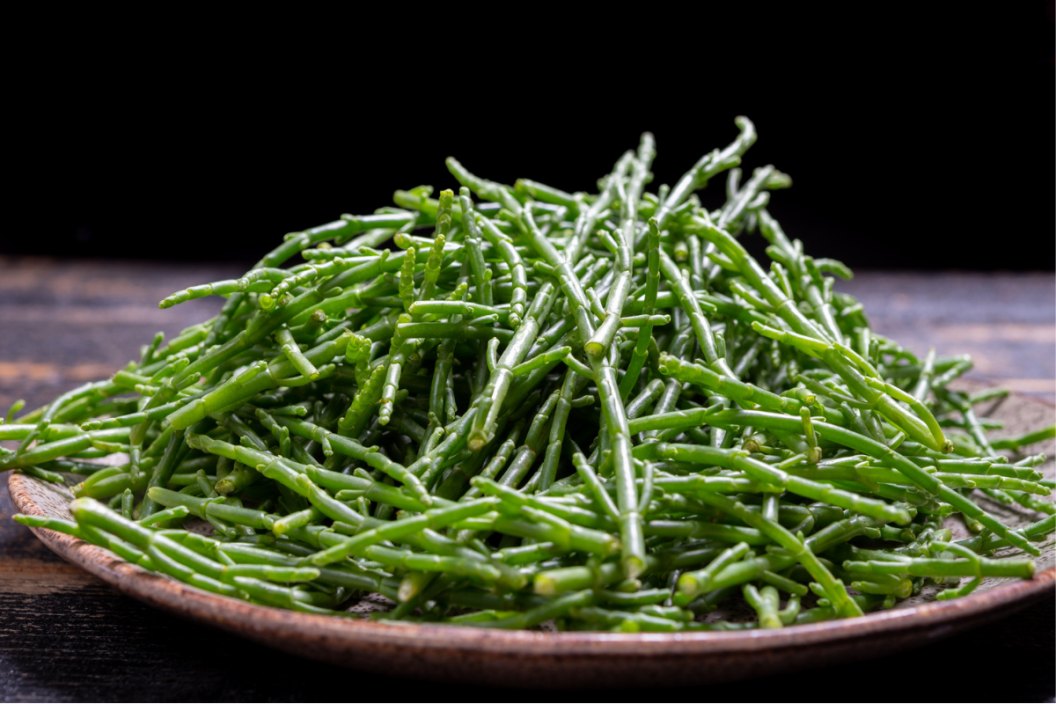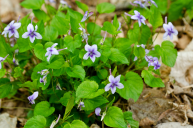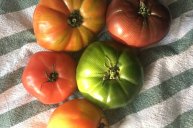If you explore the salt marshes of the East coast and South, in places like Charleston and Savannah, you'll likely see a green, branched succulent plant growing in abundance. If you were to break off a tip and take a bite, you'd taste a deliciously salty brininess and a satisfying crunch. This salty marsh plant you'd be munching on is Salicornia, colloquially called pickleweed.
?What Is Pickleweed?
Pickleweed, whose other common names are glasswort, saltwort, picklegrass, marsh samphire, and sea asparagus, is essential to the ecosystem throughout the United States. This succulent plant of the genus Salicornia is important for the survival of many animals in the salt marshes, from birds to mammals. It's also the main habitat for the endangered salt marsh harvest mouse.
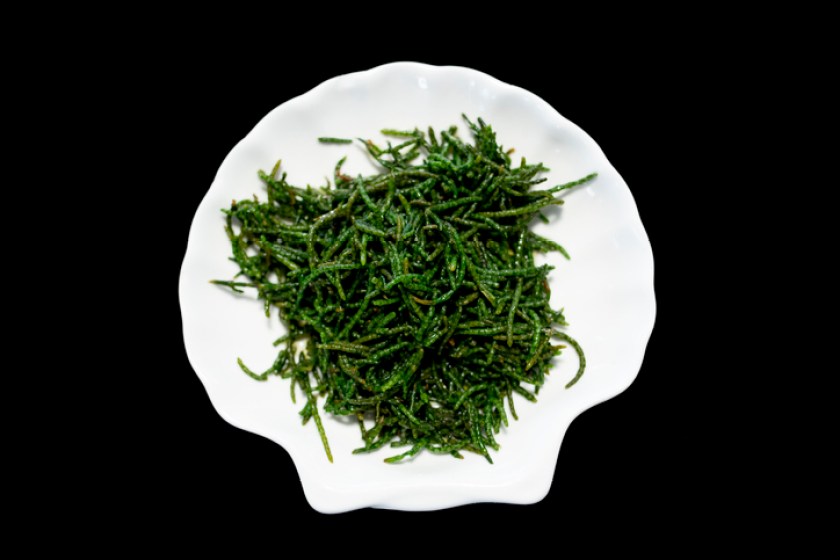
Getty Images/Alp Galip
Not to mention, it's a tasty, salty snack that adds a pop of flavor to any dish! This halophytic plant, which means that it accumulates salt in its leaves, can be eaten raw or cooked, and is perfect for pickling. When on menus, this unique ingredient is often called sea beans.
It can be found in estuaries, wetlands and bays in coastal areas of the eastern and southern United States, along with Southern California, Belize and Mexico. This saltwater plant is known for being able to survive in conditions that many other plants aren't able to.
Is Pickleweed in Danger From Climate Change?
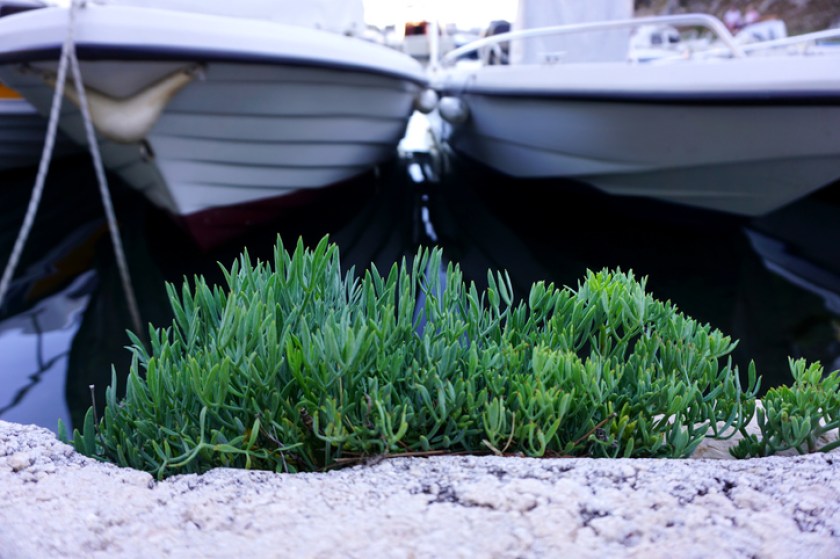
Getty Images/Happy window
However, as climate change continues to accelerate, temperatures and water levels rise in salt marshes. Because of this, many species are in danger, pickleweed plants being one of them. These succulent plants aren't effective as at binding the soil and sand as some other marsh plant species are, making them susceptible to flooding.
Along with this, researchers are finding that the warmer air causes certain plants like pickleweed to be taken over by other plants. As the air gets warmer, pickleweed and other swamp plants start taking more water in, causing the marsh overall to be drier. This makes it vulnerable for other plants to invade the area, such as salt marsh grass.
The elevation in sea level is another factor, since it causes salt marshes to migrate inland, leaving coastal areas to be more vulnerable to flooding. This affects many parts of the ecosystem, which then has an impact on the communities living there. Salt water is moving up rivers that were previously freshwater, causing damage to freshwater swamps and killing trees. Salt marshes are also invading agricultural fields and suburban areas, replacing vegetation with marsh plants.
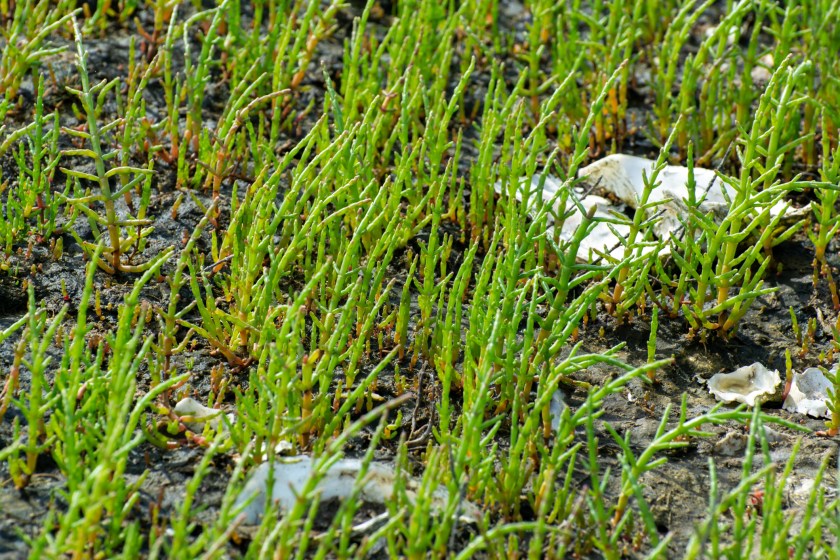
Getty Images/barmalini
This causes coastlines to lose large swaths of wildlife habitat and nursery grounds for fisheries like shrimp and blue crab, affecting these industries and those whose livelihoods are based off of them. Plus, the less salt marsh there is separating the sea from suburban areas, the more the communities in these coastal areas are in danger of flooding.
For the sake of the communities living near these salt marshes, the animals inhabiting them, and the people who enjoy the tasty brininess of pickleweed on their pasta, we can only hope that an answer will be found to the flooding and damage of salt marshes and the plants within them.
READ MORE: Are Starbucks Plastic Lids Really Better for The Environment?
